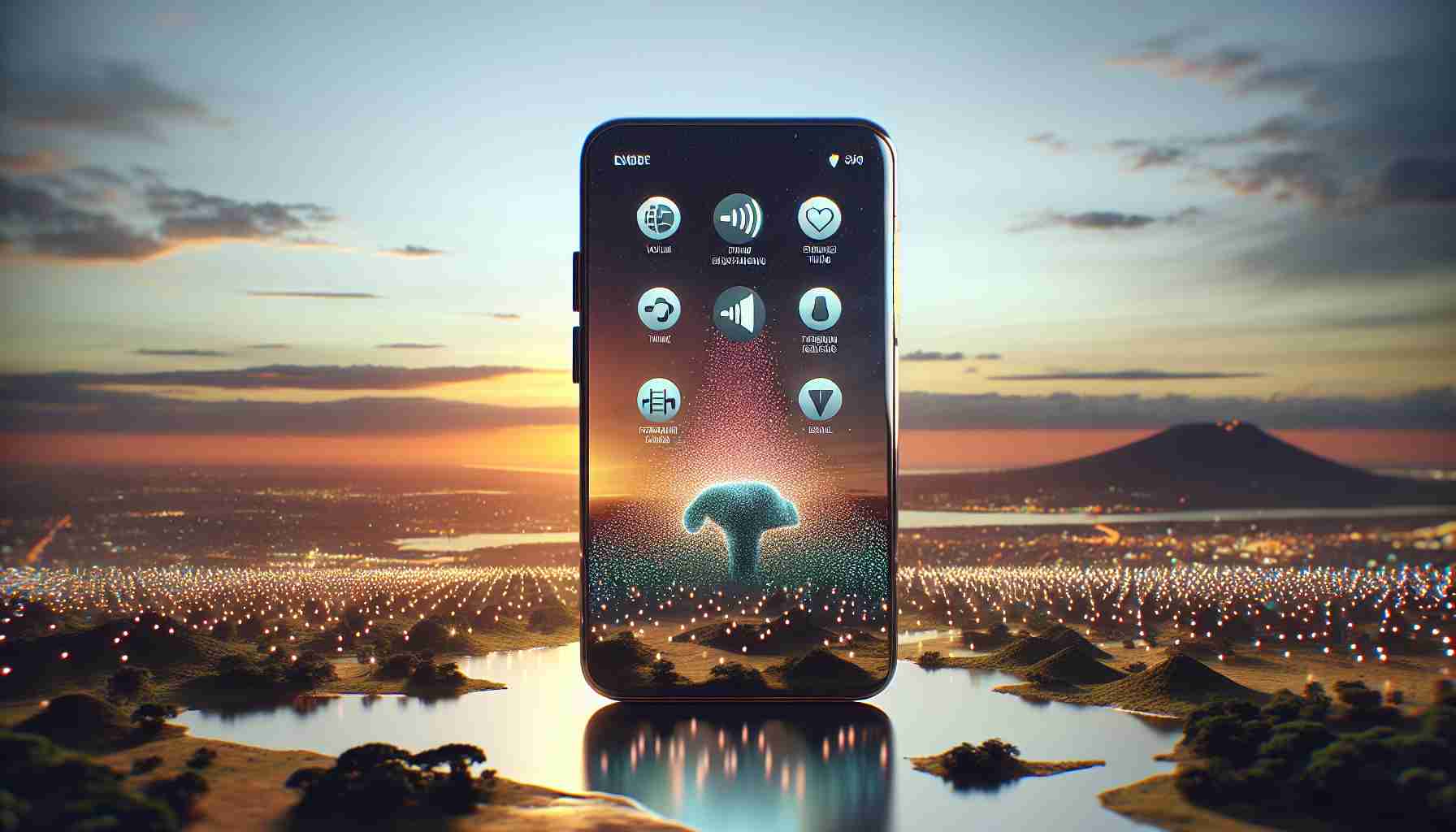Smartphones in Africa Enhancing Auditory Health Services
As a vast number of Africans struggle with hearing loss, an estimated 136 million, to be precise, an ingenious smartphone application is delivering much-needed optimism. This extraordinary app turns an average smartphone into a rudimentary tool for hearing assessment, marking a giant leap in addressing the continent’s hearing health dilemma.
These pocket-sized gadgets are now at the forefront, playing a pivotal role in the preliminary evaluation of hearing capabilities, thereby identifying individuals who may require comprehensive audiological assistance. This strategic integration of mobile technology into health practices mirrors the global inclination towards using innovation to bridge healthcare gaps, particularly where facilities are scarce.
With the support of this avant-garde application, non-specialists are equipped to perform initial screenings—a move that significantly accelerates the process for patients to access specialized care. The wide prevalence of smartphones across Africa presents an opportunity to make a profound difference in the lives of millions who would otherwise encounter hurdles in securing a precise diagnosis and treatment for hearing issues.
The deployment of such technological solutions is a vital stride in mitigating the continent’s hearing health crisis. It signals the dawn of broader strategies that embrace various facets of healthcare delivery.
A Breakdown of the Smartphone App’s Role in Combatting Hearing Impairments in Africa
The application of choice is a carefully crafted software that essentially turns ubiquitous smartphones into devices that can perform the initial diagnosis of hearing loss. The format allows for usage by individuals who are not hearing specialists, letting them carry out the first level of hearing checks.
While the use of smartphone apps showcases benefits such as accessibility, cost-reduction, and facilitating early detection, it also comes up against obstacles that encompass ensuring widespread smartphone availability, training laypeople, and overcoming language and cultural distinctions. Follow-up audiological services post-screening may also present logistical and financial challenges, especially in remote localities.
Despite the promise, concerns regarding the reliability of app-based assessments against traditional exams remain, alongside issues of data privacy and equitable access regardless of socio-economic standing.
The nuanced advantages and drawbacks of employing smartphone applications for hearing health highlight a complex yet hopeful landscape. The benefits include enhanced availability, cost efficiency, prompt detection of issues leading to better treatment outcomes, and empowerment at a community level, thanks to the convenience of the technology. Conversely, the challenges touch on the precision of non-professional screenings, insufficient infrastructure for long-term care, safeguarding of private health data, and bridging the digital literacy divide to ensure the app’s success.
For further insights into the intersection of healthcare and technology globally, and specifically how smartphones are revolutionizing health interventions, the World Health Organization (WHO) and GSMA sites are valuable resources. But remember, always verify the safety and reliability of internet connections, and confirm the URLs due to possible changes in web addresses over time.
Adding facts that are not mentioned in the article but are relevant to the topic of the smartphone application that converts smartphones into hearing test devices for millions in Africa:
1. The World Health Organization estimates that over 5% of the world’s population – 430 million people – require rehabilitation to address their ‘disabling’ hearing loss (432 million adults and 34 million children).
2. Mobile penetration in Africa is growing rapidly, with the GSMA’s report predicting 615 million mobile subscribers in Sub-Saharan Africa alone by 2025, which equates to around half the population.
3. Most of the hearing-impaired in Africa do not have access to audiologists. According to the WHO, there are approximately one per million people in low-income countries, compared with 40 per million in high-income countries.
Important Questions and Answers:
– Q: How does the smartphone app determine auditory health?
– A: The app uses the smartphone’s built-in capabilities, like microphones and speakers, to administer auditory tests that can detect potential hearing impairments.
– Q: What is the significance of such an app in Africa?
– A: The app is significant due to the scarcity of audiologists and the high prevalence of untreated hearing loss in Africa. It offers a practical way to reach underserved populations with essential health services.
– Q: What are some challenges faced in the rollout of this app?
– A: Challenges include ensuring adequate distribution and training for the app’s operation, overcoming language barriers, and securing follow-up audiological services.
Key Challenges or Controversies:
– Ensuring accurate and reliable test results when used by non-specialists.
– Addressing the potential issue of data privacy concerning the storage and management of health information.
– Managing expectations and potential dependence on the app for thorough diagnoses that can only be made by professionals.
– The need to integrate such technology with existing healthcare systems to ensure continuity of care.
Advantages:
– Enhances accessibility to hearing tests for those living in remote or underserved areas.
– Provides cost-effective initial screenings thanks to widely available smartphone technology.
– Encourages early detection, reducing the long-term impact of hearing impairments.
Disadvantages:
– May not be as precise as tests conducted by professional audiologists.
– Requires sufficient infrastructure for follow-up care which may not be available in all areas.
– Needs to address data security and privacy concerns related to personal health information.
For additional information about global health initiatives and the use of mobile technology in healthcare, you may visit the World Health Organization (WHO) and the GSMA websites. Remember to always ensure the security of your internet connection and confirm URLs, as website addresses can change over time.
The source of the article is from the blog combopop.com.br
